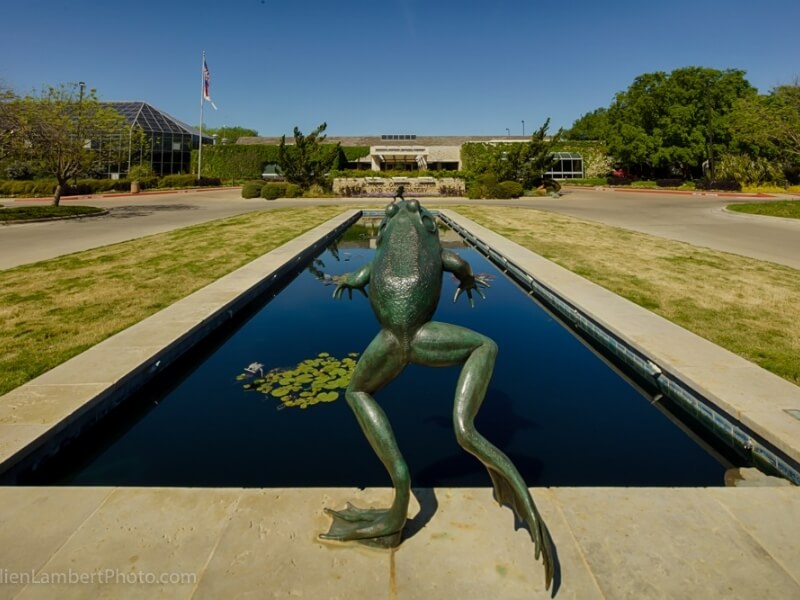Philippines Program
Vision & Purpose
Our mission is to explore, document, and conserve the remarkable biodiversity of the southern Philippines, a hotspot of endemic plants and lichens facing escalating threats from habitat loss. Through scientific research, data acquisition, community collaboration, and education, we strive to deepen understanding of this unique ecosystem and foster lasting stewardship for its protection.
Program/Area Summary


